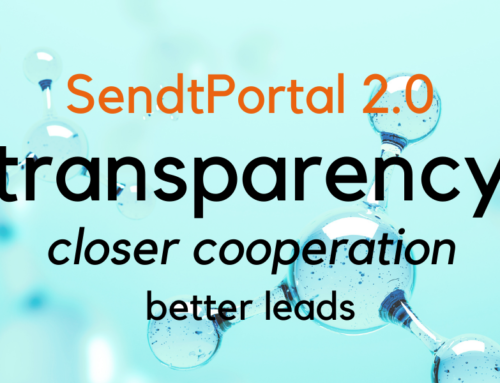Traditionally, the definition of “performance based” still applies as a form of marketing that only pays for the results achieved. When you think of the word “performance-based”, do you also think of the billing method? You’re not the only one. But why is the billing method leading and not the result? What if you make the performance-based element about the method, instead of the billing?
The rise of the “no cure, no pay” business model
This “no cure, no pay” business model has many familiarities with affiliate marketing, which has its roots in the 1990s. The company “PC Flowers & Gifts” in 1995 had 2,600 affiliate marketing partners who received a certain amount when they made a sale. In this case, the marketing partners paid a commission amount. However, it was Amazon who became the first large internet retailer to pioneer this performance-based model on a large scale in 1996.
In the Netherlands, larger publishers in the Netherlands (such as De Telegraaf, PCM Uitgevers and Sanoma Media) also started this. They used the “no cure, no pay” model for trial subscriptions of various newspapers and magazines. Soon other branches also took over. Just think of free tickets in a lottery, insurance or mortgage applications where the consumer only pays when taking out, brochure downloads and so on.
The disadvantages of this “no cure, no pay” payment model
In some cases, it seems like the ideal model, but it has drawbacks. It creates a strong volatility in the quality and quantity of the leads and the interests of the parties involved, are out of sync. There is a different legitimate interest for the supplier than for the customer. For example, purchasing costs can be decisive for the success of a campaign. Mostly, it leads to disappointment. Performance-based on the basis of the billing model therefore seems finite; it cannot always be maintained from a commercial point of view. This model doesn’t easily facilitate a common interest. It is difficult, especially when a fixed purchase has been agreed and there is no flexibility in a moving market.
The right cooperation for all parties involved
What do we want? Focus on the sales goals and ROI. What is the customer willing to pay for a sale? How many leads does a customer need to make a sale? Where in the funnel should the conversion take place? Take the sales objectives as a starting point and discuss this with each other. Work towards a collaboration in which two parties strive for a performance-driven result. Both parties with the same starting points, goals and with all noses in the same direction. Do not focus solely on an element, such as a fixed lead price, but remain flexible in a constantly changing market.
As a rule, the following applies to lead generation: the more you want to know about a potential customer, the higher the rate to recruit a lead, the higher the quality. Of course, it works the other way around too: the less you want to know, the less you pay for recruiting a lead and the lower the quality will be.
Get started with this ‘new’ method
We want to challenge you to have the conversation with your supplier in this way. We advise several (new) customers every month to recruit with this new way of performance-based leads. During our kick-off meetings, we discuss the target group, buyer persona, incentive (s) or the different data fields. But we take it a step further and also talk about sales objectives, conversions, positioning within the funnel and much more.
Interested? We would like to invite you to start a conversation, in which a benchmark campaign is the start of a collaboration. The kick-off meeting is part of this collaboration.



